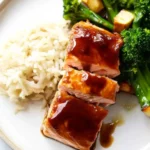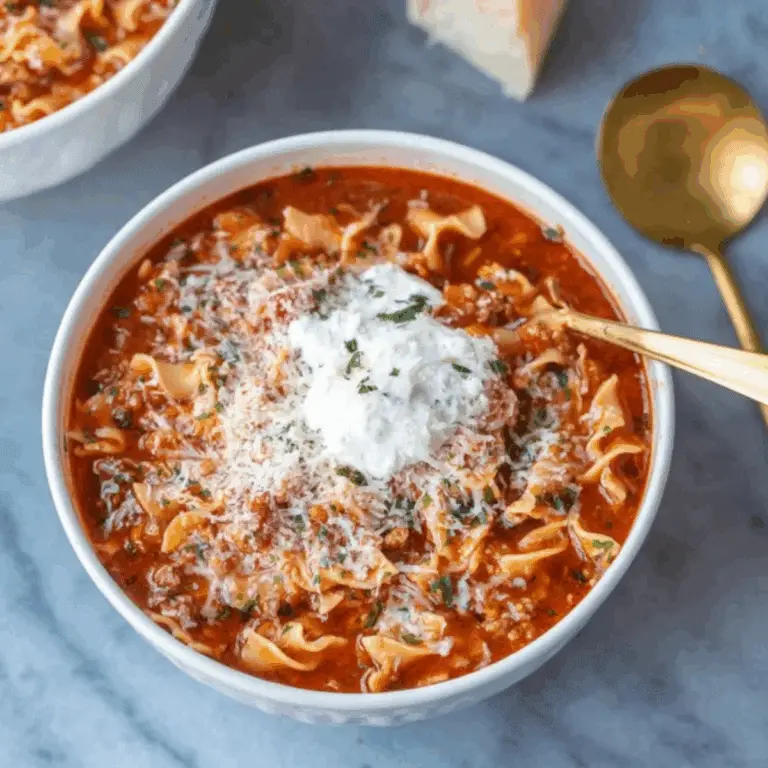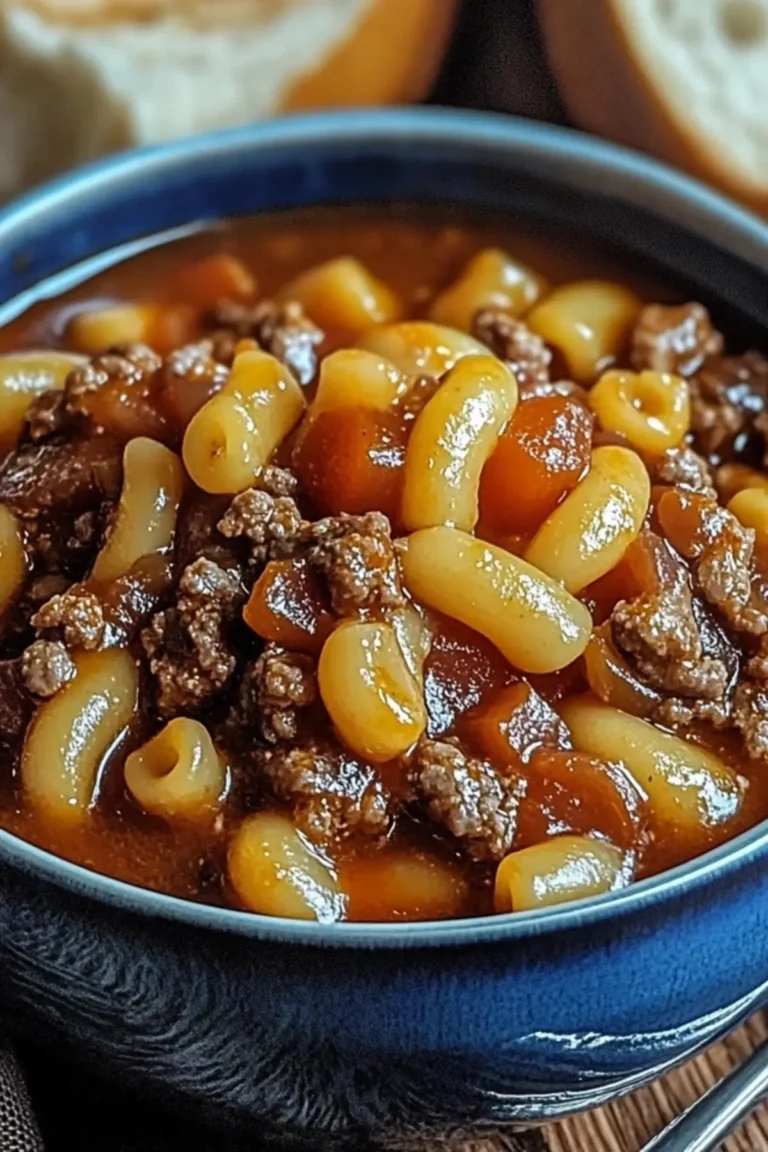Salmon used to intimidate me. Something about cooking fish felt like a delicate dance—timing, temperature, tenderness—all had to line up. But that changed the day I threw together a quick glaze using pantry staples I already had: brown sugar, soy sauce, garlic powder, and lemon juice. The result was not only delicious, it was fast, forgiving, and perfect for a weeknight dinner after a long day. This brown sugar glazed salmon is now a family favorite, especially with picky eaters.
What makes this easy sheet pan dinner (or skillet dinner, if you prefer) so beginner-friendly is its balance: sweet and savory flavors, a foolproof cooking method, and minimal prep. Whether you’re new to cooking fish or just looking for quick and healthy meals, this lemon herb salmon recipe is about to become your go-to.

Why This Recipe is Special
At its core, this recipe is built on simplicity. You don’t need fancy kitchen equipment or obscure ingredients—just a handful of items that work together beautifully. The brown sugar glaze caramelizes slightly as it cooks, creating a sticky, flavorful crust on the salmon that tastes far more complex than it actually is.
It’s also highly adaptable. Whether you have fresh or frozen salmon, whether you prefer citrus brightness or a deeper umami flavor, the glaze allows for flexibility. Best of all, this meal comes together in just about 30 minutes, making it ideal for beginners and busy folks alike.
Ingredients and Preparation
Salmon Fillets
The star of the dish, salmon is rich in omega-3s and high in protein. Opt for fillets that are about an inch thick for even cooking. You can use Atlantic, wild-caught, or even frozen—just make sure they’re fully thawed before cooking.
Brown Sugar
Adds the perfect sweetness that helps balance out the stronger savory notes. It also helps caramelize the surface of the salmon, adding a golden finish and sticky texture.
Soy Sauce
This brings deep, salty umami flavors to the glaze. Low-sodium soy sauce can be used to control salt levels.
Garlic Powder
Offers a mellow, savory depth without the harshness of raw garlic. It’s convenient and distributes evenly in the glaze.
Lemon Juice
Provides acidity to brighten the entire dish and balance the sweetness. It also cuts through the richness of the salmon.
Fresh Ginger (or Ground)
Ginger brings a slight zing and warmth to the glaze. Use freshly grated ginger for brightness, or ground ginger for a more subtle kick.
Worcestershire Sauce
Adds depth and complexity—think of it as a secret ingredient that ties everything together with a subtle savory tang.
Chicken Broth or Water
Helps thin out the glaze just enough to coat the fish without overpowering it. Adds a gentle savory base.
Cornstarch
Used to slightly thicken the glaze so it clings nicely to the salmon once cooked.
Optional Add-ins
A sprinkle of chopped parsley for freshness, a dash of red pepper flakes for heat, or a bit of honey if you prefer a different kind of sweetness.
Step-by-Step Instructions
Step 1
Take the salmon out of the refrigerator about 15–20 minutes before you start cooking so it can come to room temperature. Pat it dry with paper towels to ensure good searing, then season lightly with salt and pepper on both sides.
Step 2
In a small bowl, whisk together brown sugar, soy sauce, garlic powder, lemon juice, grated ginger, Worcestershire sauce, chicken broth (or water), and cornstarch. Set aside—this is your glaze.
Step 3
Heat a skillet over medium-high heat with olive oil and half the butter. Once the butter is melted and the pan is hot (but not smoking), place the salmon skin-side down into the skillet. Let it cook undisturbed for about 4–5 minutes, or until the color change (from bright pink to opaque) rises halfway up the sides.
Step 4
Flip the salmon carefully using a spatula or fish turner. Reduce the heat to medium and cook for another 2–3 minutes. The flesh should feel firm but still springy to the touch.
Step 5
Add the remaining butter to the skillet and pour the prepared glaze in between the salmon pieces. Allow the sauce to simmer gently for 30 seconds or until it thickens slightly. Take the pan off the heat to avoid burning the sugars.
Step 6
Spoon the sauce over the top of the salmon. If desired, flip the salmon one more time so it’s fully glazed on both sides. Serve immediately.

Beginner Tips and Notes
- Don’t overcrowd the pan: If your skillet feels tight, cook in two batches. This helps the salmon sear properly instead of steaming.
- Check for doneness: Salmon is done when it flakes easily with a fork and is opaque in the center. The USDA recommends an internal temp of 145°F.
- Sticky sauce tips: The glaze thickens quickly. Remove the pan from the heat once you see bubbles—residual heat will continue to cook it.
- Prep smart: Grating fresh ginger is easier when frozen. Store peeled ginger in a freezer-safe bag and use a microplane when needed.
- Tool swap: No whisk? Use a fork. No skillet? You can bake the salmon at 400°F for 12–15 minutes and pour the glaze on top after cooking.
Serving Suggestions
- Classic sides: Serve over jasmine rice or garlic mashed potatoes for a comforting dinner.
- Veggie companions: Roasted asparagus, steamed broccoli, or sautéed spinach make healthy, vibrant additions.
- Light options: A crisp arugula or mixed greens salad with vinaigrette balances the rich glaze beautifully.
- Leftovers: Store in an airtight container in the fridge for up to 2–3 days. Reheat gently on the stovetop or enjoy cold over a salad for lunch the next day.
Conclusion
This brown sugar glazed salmon isn’t just a recipe—it’s a stepping stone for anyone looking to cook with confidence. With a short ingredient list and a reliable cooking method, it transforms dinner into something impressive yet effortless. If you’re looking to add more quick and healthy meals to your routine, this lemon herb chicken recipe—or in this case, salmon—is a great place to start.
Give it a try, and don’t forget to share your experience in the comments. Did you make any ingredient swaps? How did your glaze turn out? I’d love to hear how it worked for you. Happy cooking!
FAQ About Brown Sugar Glazed Salmon
Q1: Can I use frozen salmon for this recipe?
Yes, you can use frozen salmon. Just make sure it’s completely thawed and patted dry before cooking to ensure a proper sear and even glazing.
Q2: How do I know when the salmon is fully cooked?
Salmon is cooked when it flakes easily with a fork and appears opaque throughout. An internal temperature of 145°F (63°C) is recommended.
Q3: Is the brown sugar glaze very sweet?
No, the glaze is well-balanced with acidity from lemon juice and savory notes from soy sauce and Worcestershire. You can adjust the sweetness to taste.
More Relevant Recipes
Print
Brown Sugar Glazed Salmon
- Total Time: 25 minutes
- Yield: 4 servings 1x
- Diet: Low Calorie
Description
This brown sugar glazed salmon is a beginner-friendly, quick and healthy dinner recipe with a sweet and savory glaze made from pantry staples.
Ingredients
- 1 lb salmon fillets (about 4 pieces)
- Salt and pepper to taste
- 1 tbsp olive oil
- 2 tbsp butter (divided)
- 3 tbsp brown sugar
- 1 tbsp soy sauce
- 1/4 tsp garlic powder
- 1 tbsp lemon juice
- 1/2 tsp fresh ginger, grated (or 1/4 tsp ground ginger)
- 1 tsp Worcestershire sauce
- 2 tbsp chicken broth or water
- 1 tsp cornstarch
Instructions
- Remove salmon from the fridge 15–20 minutes before cooking. Pat dry with paper towels and season with salt and pepper.
- In a bowl, whisk together brown sugar, soy sauce, garlic powder, lemon juice, ginger, Worcestershire sauce, chicken broth, and cornstarch to make the glaze. Set aside.
- Heat a skillet over medium-high heat with olive oil and 1 tbsp of butter. Place salmon skin-side down and cook undisturbed for 4–5 minutes.
- Flip the salmon carefully, reduce heat to medium, and cook for another 2–3 minutes until almost cooked through.
- Add the remaining 1 tbsp of butter to the skillet, then pour the glaze in between the salmon pieces. Let it simmer and thicken for about 30 seconds.
- Remove the skillet from heat and spoon the glaze over the salmon. Optionally, flip again to glaze both sides. Serve immediately.
Notes
- Don’t overcrowd the pan—cook in batches if needed to ensure a good sear.
- Salmon is done when it flakes easily and is opaque inside (internal temp of 145°F).
- Glaze thickens quickly—remove from heat to avoid burning.
- Frozen salmon can be used if thawed and dried thoroughly.
- Store peeled ginger in the freezer for easy grating.
- Prep Time: 10 minutes
- Cook Time: 15 minutes
- Category: Main Course
- Method: Pan-Searing
- Cuisine: American
Nutrition
- Serving Size: 1 fillet
- Calories: 320
- Sugar: 8g
- Sodium: 520mg
- Fat: 18g
- Saturated Fat: 6g
- Unsaturated Fat: 10g
- Trans Fat: 0g
- Carbohydrates: 12g
- Fiber: 0g
- Protein: 28g
- Cholesterol: 75mg






